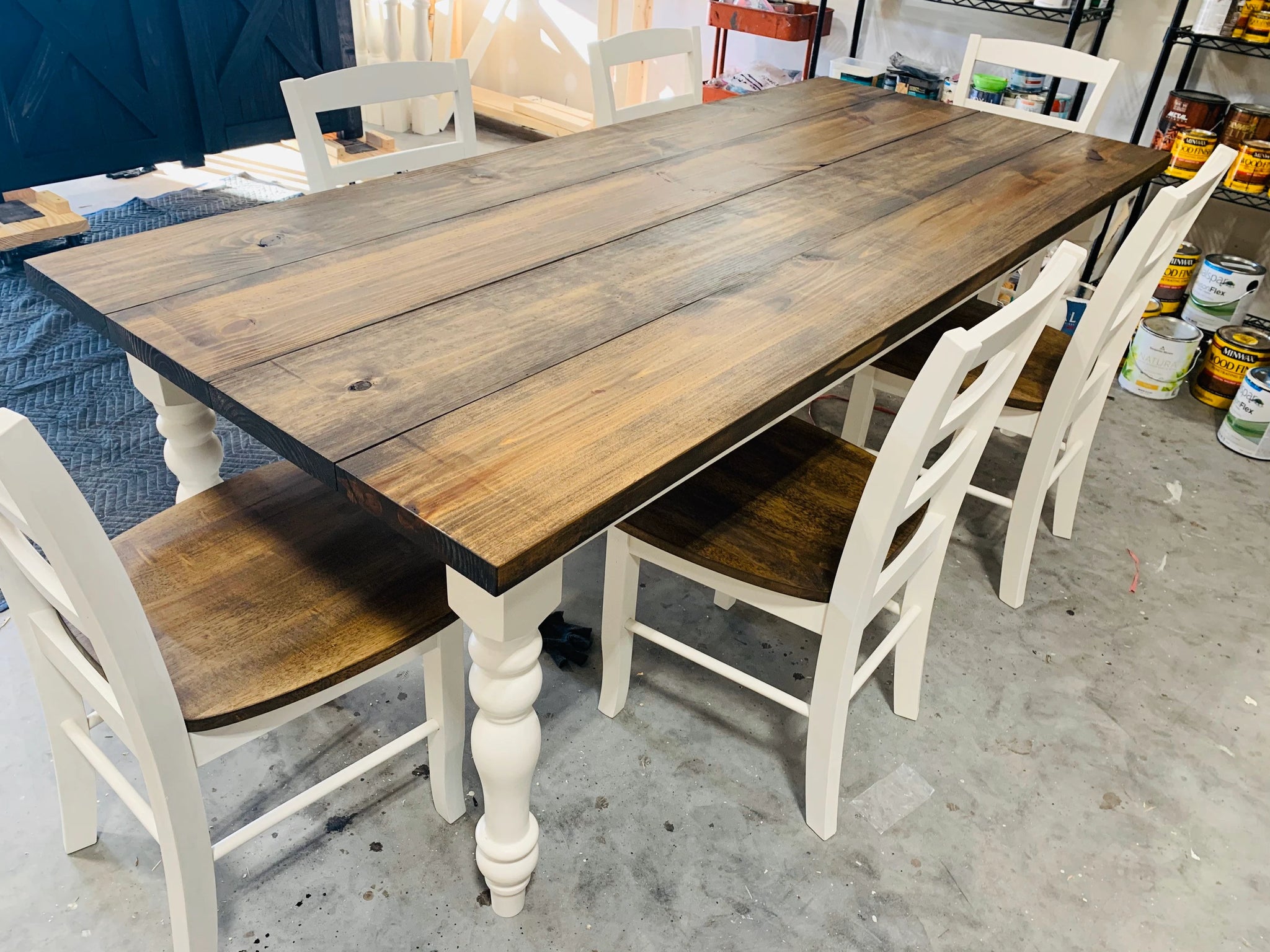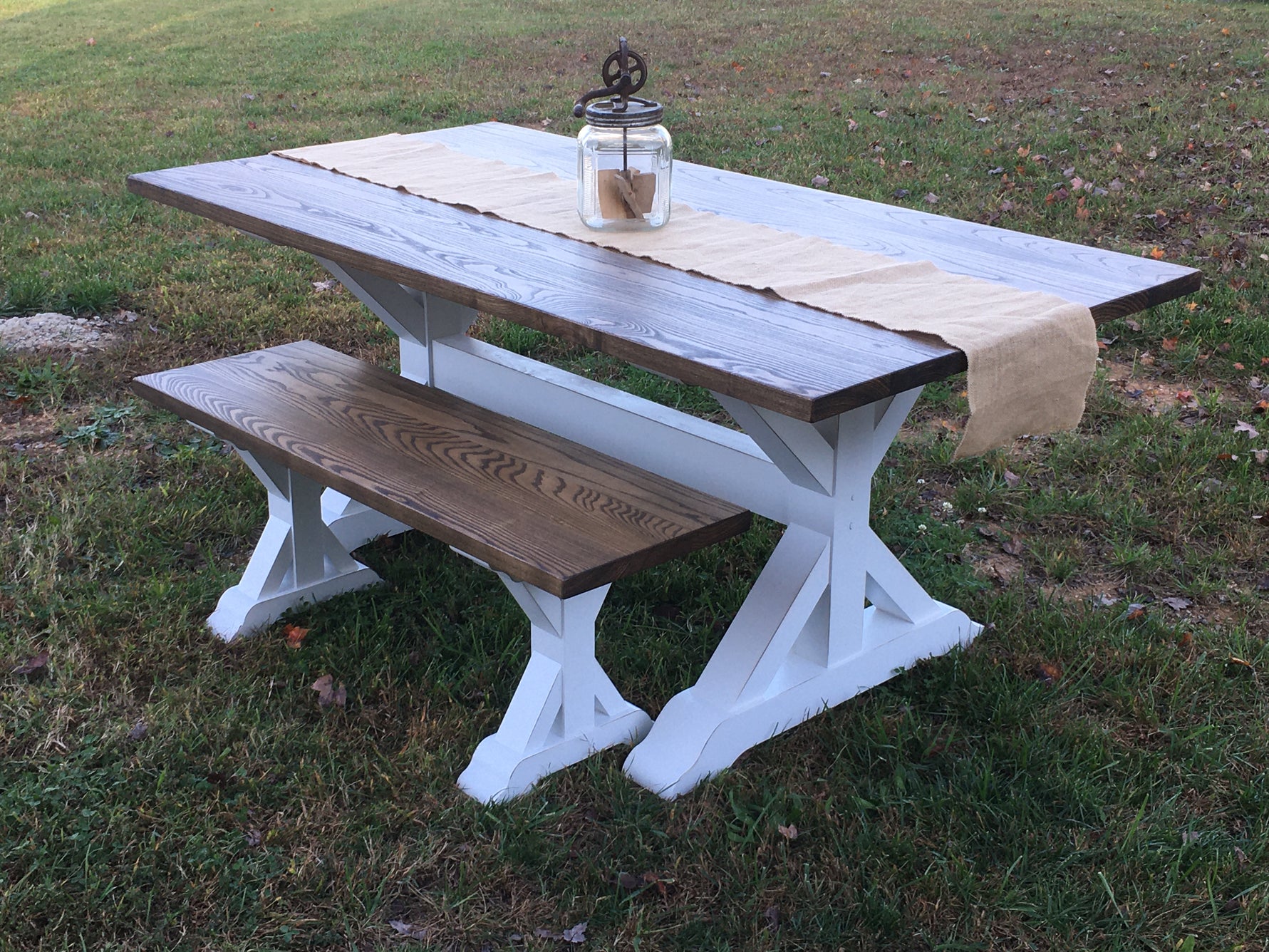Strong and Stylish Choices for Long Lasting Dining Table Legs Wood Solutions
Strong and Stylish Choices for Long Lasting Dining Table Legs Wood Solutions
Blog Article
Discovering the Various Sorts Of Eating Table Legs Wood for Your Eating Space
The selection of dining table legs timber can greatly impact both the visual and practical qualities of your eating area. Solid wood options, such as oak and walnut, give a traditional look with unparalleled toughness, while engineered wood options provide ingenious designs that resemble the richness of all-natural grains. In addition, the growing fad of recovered wood introduces a lasting element that allures to eco aware customers. As we explore these various alternatives, it ends up being important to think about not just the aesthetic appeal however also the practical implications of each product option. What factors should assist your decision?
Strong Timber Options

Furthermore, strong wood is renowned for its toughness and longevity. Unlike engineered materials, strong timber is less prone to warping and damages gradually when effectively preserved. This makes it an excellent choice for family members or those who regularly hold gatherings. Each item of strong wood is distinct, showcasing private characteristics that add to the beauty and character of the table.
Furthermore, strong timber can be completed in various means, ranging from all-natural oils to stained finishes, permitting homeowners to individualize their furniture to match their decoration. In recap, picking solid wood for dining table legs not only makes certain structural stability yet additionally enhances the aesthetic appeal of the dining area, making it a worthwhile investment for any home.
Engineered Wood Alternatives

Plywood, created from several layers of wood veneer, is secure and especially solid, making it an exceptional choice for eating table legs. Its split structure allows it to hold up against adjustments in humidity and temperature level better than conventional solid timber. MDF, on the other hand, supplies a smooth surface for painting or veneering, allowing developers to attain a polished look while keeping architectural integrity.
When choosing crafted timber alternatives, it is vital to take into consideration the designated use and desired aesthetic. These materials not just boost the functionality of dining areas yet likewise enable for better design adaptability, ensuring that conventional and modern styles can exist together harmoniously.
Reclaimed Wood Features
Redeemed wood supplies a distinct blend of sustainability and personality, making it a progressively popular option for dining table legs. Sourced from old barns, manufacturing description facilities, and other structures, reclaimed timber embodies a history that new materials merely can not duplicate. Each item brings its own story, noted by distinctive blemishes, knots, and differing grain patterns, which add to a table's special aesthetic appeal.
Along with its aesthetic appeal, recovered wood is an eco-friendly alternative. By repurposing previously used products, it minimizes the need for new lumber, hence helping to preserve woodlands and reduce waste. This aligns with an expanding consumer choice for lasting methods in furniture.
Furthermore, redeemed wood is usually extra long lasting than newly collected timber due to its age. The all-natural drying procedure that reclaimed timber undergoes cause a denser and stronger product, making it less prone to warping and splitting. This improves the longevity of dining tables, permitting them to stand up to the roughness of everyday usage.
Softwood vs. Hardwood
When picking dining table legs, comprehending the differences between softwood and wood is important for attaining both aesthetic and practical goals. Softwoods, stemmed from coniferous trees, such as want and cedar, are defined by their lighter weight and convenience of manipulation. They commonly exhibit a more rustic look, making them suitable for laid-back or country-style eating spaces. Nevertheless, softwoods are generally less look these up resilient than woods, which can be a factor to consider for families or those seeking durability in their furnishings.
On the other hand, hardwoods, sourced from deciduous trees like cherry, oak, and maple, are renowned for their thickness, toughness, and resilience. The elaborate grain patterns and abundant hues of woods give a innovative and classic charm, making them suitable for official dining settings. While woods often tend to be extra pricey and much heavier, their durability against wear and tear often warrants the financial investment.
Inevitably, the selection in between softwood and hardwood for eating table legs need to line up with your style vision, usage demands, and spending plan, guaranteeing that your dining room shows your personal design while staying functional with time.

Finishes and Treatments
The visual allure and long life of table legs can be substantially improved with various finishes and therapies. These procedures not just safeguard the wood from damage yet also elevate its look, enabling it to complement varied interior designs.
One usual therapy is discoloring, which penetrates the wood and boosts its all-natural grain while adding shade. Discolorations supply a rich, elegant appearance, allowing property owners to match their furniture with existing style. Alternatively, clear you can try here surfaces such as polyurethane or varnish create a safety layer without altering the timber's original tone, making sure longevity against damage.
Furthermore, natural oils, like tung or linseed oil, nurture the wood and offer a refined shine, all while being environmentally friendly. These oils permit the surface to breathe, stopping moisture build-up and potential bending.
For those seeking a rustic appeal, weathered or distressed coatings can be related to develop an aged look, including personality to the item. Eventually, the selection of therapies and coatings depends upon individual choice, preferred aesthetics, and the particular timber kind, making it vital to think about these factors when selecting table legs for your room.
Final Thought
In verdict, the selection of eating table leg materials dramatically influences both the visual and practical elements of a dining room. Strong woods, crafted choices, and recovered choices each offer distinct advantages, providing to numerous choices and demands. Recognizing the distinctions in between hardwoods and softwoods, together with proper finishes and treatments, permits for educated decision-making. Eventually, the selection of wood kind ought to align with preferred style, resilience, and environmental considerations, boosting the total dining experience.
The option of dining table legs wood can exceptionally affect both the visual and functional top qualities of your dining room - Dining Table Legs Wood. Strong wood choices, such as oak and walnut, offer a classic look with unparalleled sturdiness, while crafted timber options supply innovative styles that imitate the richness of all-natural grains. Strong timber uses an ageless quality that can elevate the overall layout of a dining space. Each item of solid timber is distinct, showcasing specific attributes that include to the beauty and personality of the eating table
Moreover, reclaimed timber is usually extra long lasting than freshly gathered wood due to its age.
Report this page